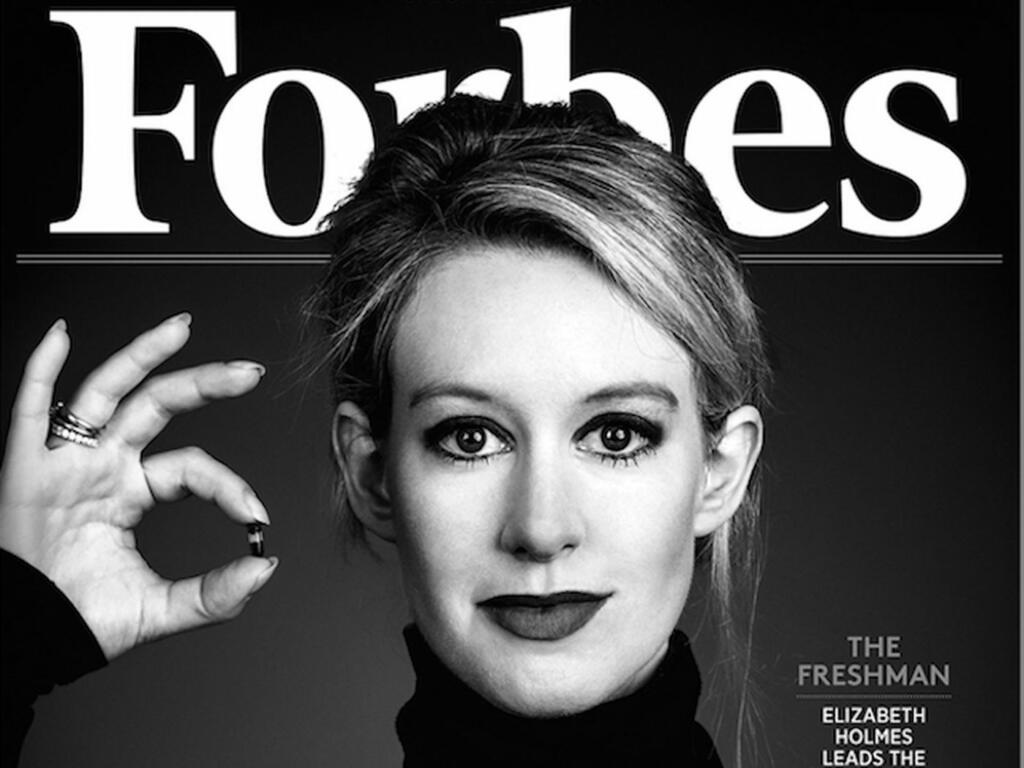Elizabeth Holmes, the founder of the now-defunct blood-testing start-up, Theranos, who conned her way through in the Silicon Valley is staring at a 20-year long prison sentence as the jury enters the final round of deliberations. Holmes faces 11 counts of wire fraud and conspiracy to commit wire fraud. The defence, meanwhile has pleaded ‘not guilty’ on all counts.
The Jury has already taken two days to deliberate the outcome of the case. At one point, the jury even asked the judge if they could review jury instructions at home.
However, the request was promptly shut down by the court, which asked them to do the deliberations inside the jury deliberation room. Additional time is scheduled for Thursday with more days likely to be scheduled if and when needed.
The four-month-long criminal fraud trial has caught attention of the global media. Once touted as the hottest commodity of the valley— Holmes and Theranos’ fall from grace to the meteoric lows has been a case study for entrepreneurs and governments across the globe.
The Genesis — young prodigy or a con-artist?
Holmes founded Theranos in 2003. She dropped out of Stanford University the next year to focus on the company and rather spectacularly raised $945 million from investors.
Holmes and her biotech company and its ‘revolutionary’ product promised that it could run hundreds of medical tests in a doctor’s office on a single drop of blood. This was it. This was the entire premise of Holmes’ ruse to sell her company to the investors.
Investors usually bet their money based on the working style of the CEO of the company and Holmes was smart as a whip to present herself in the required manner. She hired a high-profile board of directors — a former secretary of state, a former senator, a retired Marine Corps four-star general, which built her integrity. More importantly, she modelled her entire personality around Apple founder Steve Jobs mannerisms.
She wore black turtlenecks like Jobs, gave grand speeches like him and presented herself as bigger than life. She even named the prototype machine collecting the drop of blood as ‘Edison’. It was particularly a smart homage to Edison’s quote, “I have not failed. I’ve just found 10,000 ways that won’t work.”
While Edison did find ways to work for his experiments, Theranos could never really deliver what it promised in its utopia. While the company was still out in public making grand, sweeping claims about how many tests it could run on drops of blood, academic researchers working on similar blood testing problems struggled to get funding for their own work.
Meanwhile, in 2014, Holmes was the world’s youngest female self-made billionaire, and Theranos was one of Silicon Valley’s many unicorn startups. At its peak, Theranos was valued at $9 billion and Holmes didn’t stop hyping up her company.
‘Theranos’ was too good to be true
It’s not as if the idea is not viable. Researchers have been working to make the machinery compact that can do myriad tests. However, it requires painstaking effort to miniaturize every other test, put it in a small desktop size box, and last but not the least, only use a drop of blood.
Some tests like blood sugar require only a drop of blood but most tests require test tubes filled with blood. It’s a slow process and so far, the scientific community is nowhere near a breakthrough and yet Holmes stood, years before, inflating many of her claims about the company and its technology and business relationships.
A science experiment gone wrong or a plain con-job?
However, her luck soon ran out as a 2015 Wall Street Journal investigation exposed the hollow nature of Holmes’ tall claims. It all went downhill after the report came out and the company officially shut down in 2018.
Holmes, throughout the court proceedings, has defended herself vociferously. Holmes has argued that she never misled the investors. However, a verdict in the case boils down to intent. Prosecutors argued that Holmes purposely deceived investors and patients as she sought investments and business for her start-up.
Whether Holmes and her venture was a science experiment gone wrong or a con-scheme, the court will decide in a few days’ time but it shows the dark underbelly of the corporate-startup culture.
The investors were duped, the public was duped and it all could have been avoided if the investors closely scrutinized the product before investing in Holmes.
